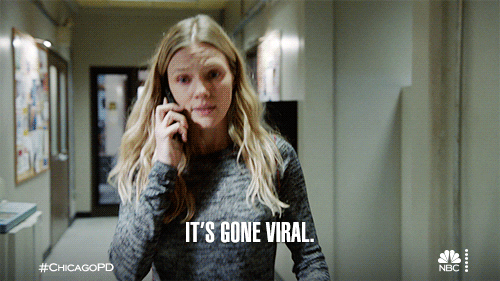My aunty, Kathleen, never Aunty Kathleen, always seemed to be on top of the latest trends. Growing up she introduced us to vol-au-vents from frozen cases with a filling of Marks and Spencer’s chunky chicken.
I remember her being the first person to give my sister and I gifts from The Body Shop. I loved everything about it, the delicious smells from those tiny bottles and even the basket it came in!
One of my favourite trends she shared was cooking salmon in a dishwasher. Which of course we insisted we then tried at home. The fish came out perfectly steamed, protected from the water by its tinfoil wrapping.
That ‘dishwasher dinner’ stayed with me and makes me smile when I remember Kathleen, and it also got me thinking recently how it was a perfect example of how customers often find unexpected uses for products. I doubt Whirlpool or Bosch ever imagined their appliances doubling as cooking devices when they were first developed.
Did their product teams discover this culinary hack in the days before a viral recipe on Tik Tok? And if they did, did they see it as a problem to discourage or an opportunity to explore? That got me thinking about …
This week's question:
Why this question?
When we treat unexpected product use as helpful insight rather than rule-breaking, we can uncover hidden information about our business ecosystem and the impact of our ideas.
The true impact of our products and services extends far beyond our initial intentions. Once our work and ideas are released into the wild they take on a life of their own, adapting to contexts and constraints never anticipated.
For example, people may not have had another tool at hand for the job and found yours worked just fine. A case in point, my friend Sam once repointed part of his house with a spoon! And why there are so many Ikea hacks on social media.
Or like any good rebellion, people maybe reacting to rules created around access to a product or service that they see as unfair. Like a pricing system that is only available to a couple who share a home1 maybe forcing people to be creative to access a lower price.
These insights could spark the co-creation of new products or services, born not from what you planned, but from a hidden need.
Maybe that ‘dishwasher dinner’ quietly pointed to a gap in the market… and nudged someone to launch the oven steamer?
Maybe organisations will consider offering two people a discount when they buy services at the same time regardless of how they live?
How to use this week's question:
1. Listen: In his book Six Thinking Hats, Edward de Bono2 describes the green hat as the one for creative thinking AND creative listening. When a client uses your service in a way you didn’t expect, you may have the the urge to immediately discourage it or feel defensive. Try to pop on the green thinking hat and consider what the insight might be telling you.
2. Ask: At any opportunity, catch-ups, offboarding, ask your clients if they used your tools and services in any unexpected ways.
3. Authorise rogue use: Invite people to customise, adapt, or outright misuse your product or service. You could do this by sharing examples of other clients who’ve gone off-script, or by offering prompts to help them shape your work to their specific context.
The tech products I’ve developed have always made space for this, designed to be flexible around local variables.
Because real impact rarely happens in controlled conditions.
Until next week,
Keep questioning,
P.S. Got a rogue use for one of my questions? I’d love to hear it.
P.P.S. And if you haven’t, why not give it a go this week? Let one run wild somewhere unexpected and outside of your business.
Inspiration & Credits:
I hope giving some distance between sources and their links frees you from ending up in an unintended rabbit hole! If you’re interested though - click away!







